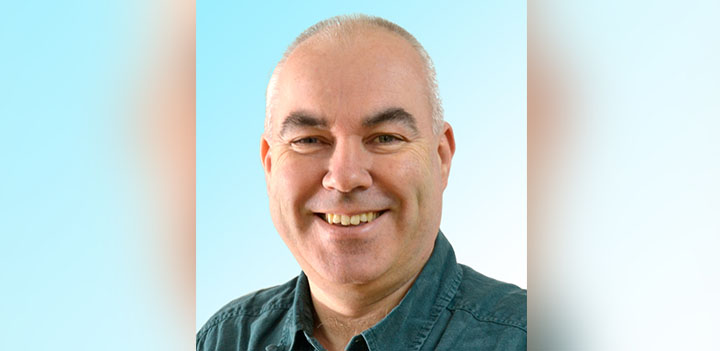New research grant will investigate novel organic materials
By: Communications

Organic materials research in the School of Chemistry is set to be further strengthened by the award of a substantial grant from the Engineering and Physical Sciences Research Council. Organic electronics, photonics and optoelectronics have already made huge impact on our everyday lives, providing multiple crucial functions in electronic and display devices, lighting, batteries, conductive inks etc. Their importance as components in solar energy capture is growing and likely to be crucial for reducing our reliance on fossil fuels. However, there remains significant further potential that the team aims to harness.
The research is led by Prof Andy Cammidge, professor of organic chemistry and Associate Dean for postgraduate research for the Faculty of Science. Andy’s team currently comprises 12 full time researchers, two of whom (Faisal Al-Kahtani and Mamdouh Alshammari) have successfully performed proof of concept experiments to support the formulation of the project.
Graphene is the wonder material of the early 21st century. Alongside fullerenes and carbon nanotubes they make up the wider materials class of carbon-based or carbon-rich materials, where carbon atoms are assembled in a honeycomb like array. They are employed for multiple functions in high technology optoelectronic components, from semiconductors to solar energy cells right through to medical applications. Scientists have made great progress synthesing the materials, often by top-down approaches, such as peeling off single or multiple sheets of graphene or high temperature synthesis followed by separation of components from complex mixtures.
This project aims to take a new approach by constructing single graphene fragments (not mixtures) from the bottom up. Such syntheses would normally be laborious, expensive and challenging. However, the team’s strategy will develop novel iterative procedures whereby graphene fragments can be built up using a repeating sequence that can be transferred to an automated process on polymer supports (where the expertise of Prof Yaroslav Khimyak is vital). Each target material is novel, and the strategy will eventually permit properties to be controlled almost at will. The first stages of characterisation and evaluation for potential applications will be carried out in collaboration with Prof Steve Meech’s ultrafast photochemistry group.
Related Articles

Innovation and Impact Awards now open for entries and nominations
The Innovation and Impact Awards are back for 2025 and looking to recognise and reward UEA’s most game changing staff, students, and graduates, and their collaborative work with partners outside the University.
Read more
How quantum light sees quantum sound
Researchers at the University of East Anglia have proposed a new way of using quantum light to ‘see’ quantum sound.
Read more
How nitrogen-fixing bacteria sense and respond to iron
Researchers in the School of Chemistry at UEA have taken an important step forward in understanding how a group of bacteria that include nitrogen-fixers and important animal pathogens sense the essential micronutrient iron.
Read more